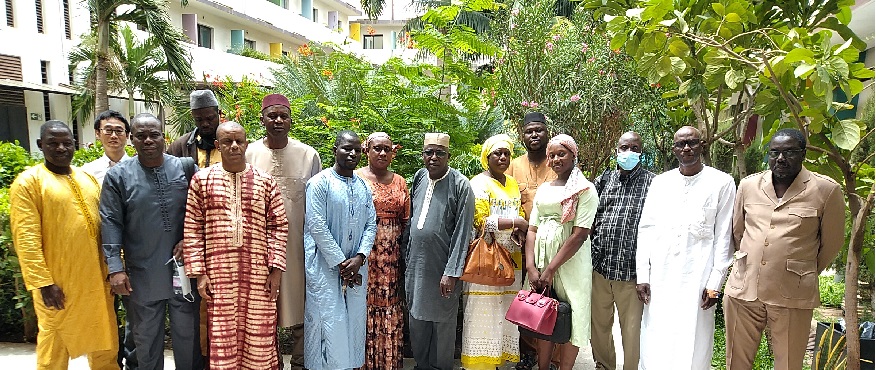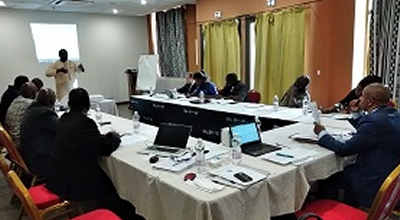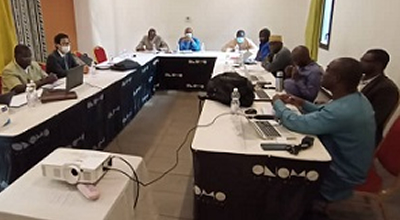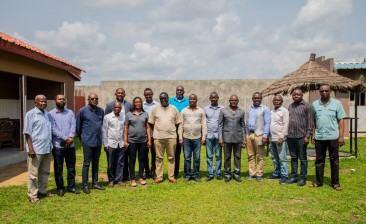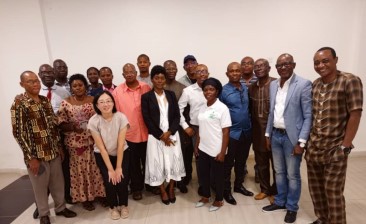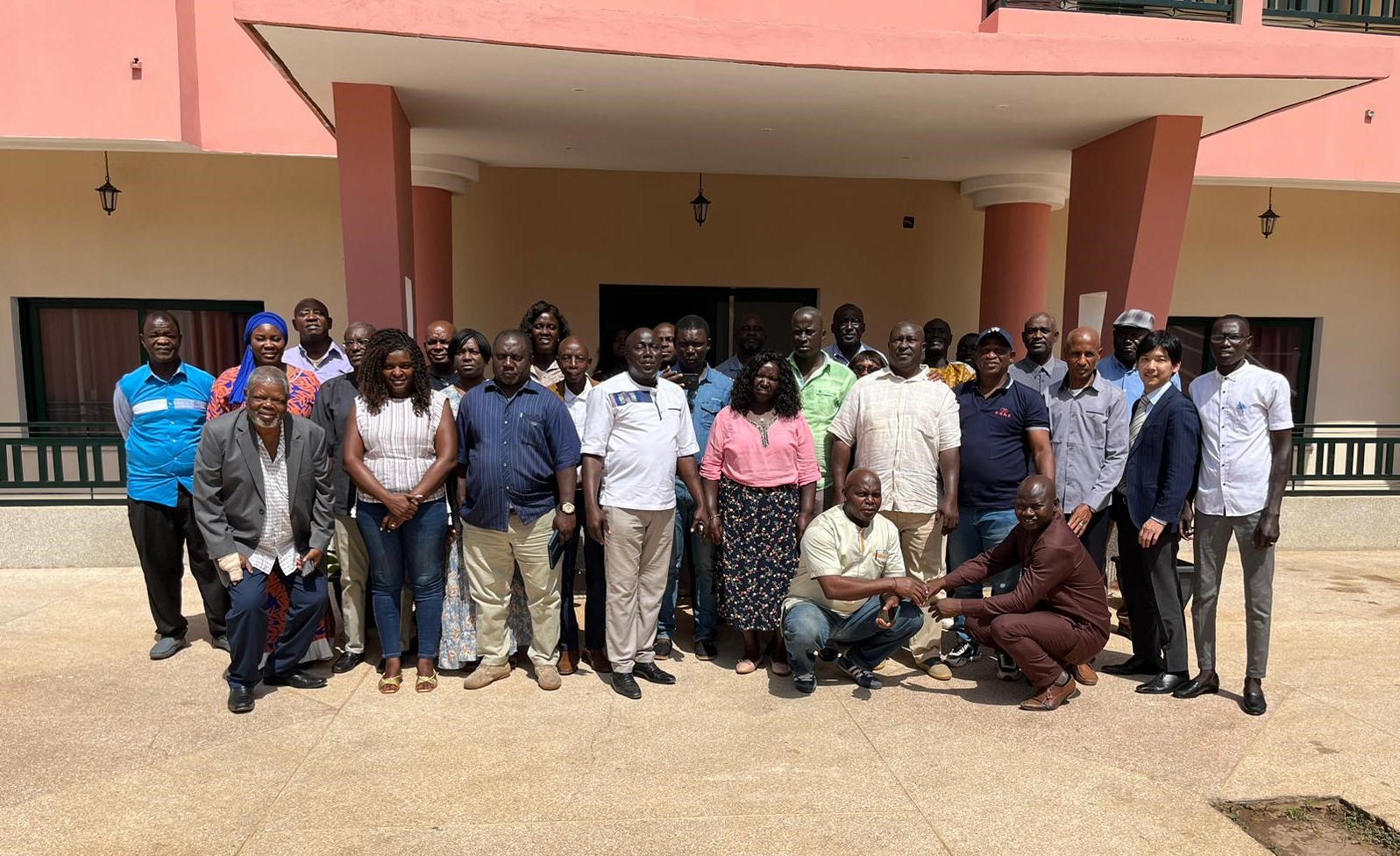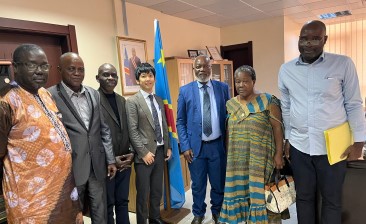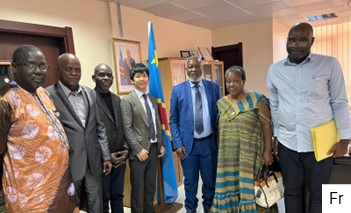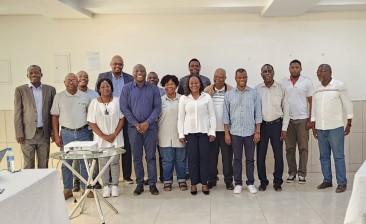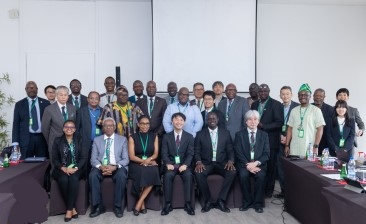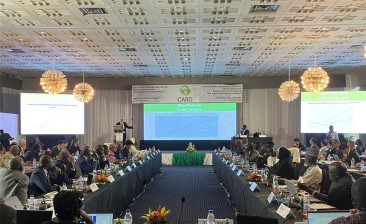Mali, July 2022
Working week on the revision of the NRDS II in Mali
Background
The first working week on the revision of Mali’s NRDS II was organized at the ONOMO Hotel, Bamako, between 04th and 08th July 2022. The objective of the working week was to align Mali’s NRDS with the 2030 horizon corresponding to the end of CARD phase II. Indeed, Mali has a validated NRDS with a horizon of 2025 and a target of reaching a level of 5.5 million tons of paddy in 2025, corresponding to self-sufficiency in rice. In view of the new context, marked on the one hand by the extended period of CARD (Phase II: 2019-2030) and on the other by socio-political instabilities both worldwide (Ukraine) and nationally, it appeared urgent to proceed with the revision of the NRDS. It is in this context that Mali requested and obtained CARD’s support.
Methodology and Opening Ceremony
Chaired by the Technical Advisor of the Ministry of Rural Development, this workshop saw the participation of the main actors of the segments of the rice value chain such as experts from the Ministry of Rural Development, the Research (Institut d’Economie Rurale, IER) and representatives of farmers’ organizations in Mali.
The present workshop was divided into two parts: a plenary session and a group session. The plenary session was composed of (1) opening ceremony, (2) general information sharing as the assessment of the implementation of the NRDS, (3) explanation on guidelines of the NRDS and the RICE approach, and (4) explanation on actions to be carried out during the working week. The group session aimed to determine realistic quantitative targets across the rice value chain (RVC) and specially to discuss the activities to be conducted, aligning with the RICE approach.
Key outputs/Results
In term of the results, it should be noted that the participants discussed and adopted the main lines in terms of quantitative targets and in terms of the strategy to be implemented to achieve the objectives. These outlines should serve as a basis for the revision of the NRDS, which constitutes the frame of reference for all public interventions for the development of the rice sector.
The results also show that the quantitative objectives set by the NRDS III, namely: (i) 5,523,622 tons of paddy in 2025 and (ii) 7,419,297 tons in 2030, require exceptional efforts from the Government and its partners, with the participation of the rice value chain (RVC) actors. To achieve these objectives, the actions to be implemented will have to focus mainly on:
- improving access to inputs by increasing the quantity of fertilizer nutrients used in the rice sector from the current level of 8kg/ha to 50kg/ha as recommended by the ECOWAS standard, increasing the rate of use of certified seed from 25% to 50%, increase access to phytosanitary products for pest and/or weed control and promote the use of organic inputs;
- increasing the irrigated rice cultivation areas (from 22% to 77% of the irrigable potential);
- strengthening the technical and operational capacities of stakeholders and their organization;
- improving processing and marketing, and supporting the opening up of production areas.
Specifically, the strategy has been subdivided into two phases:
- The first phase from 2023-2025: This consists of accelerating the pace in order to overcome the challenges of productivity and competitiveness of the rice sector in Mali. In accordance with the country’s objective, the aim will be to reach 5,523,622 tons of paddy in 2025. During this phase, 524,500 ha of irrigation schemes will be developed, 58% of which will be under total water control. In terms of area, it is planned to plant nearly 759,320 ha of rainfed rice. In addition, 59,264 tons of certified seeds and 167,778 tons of urea and 213,535 tons of N-P-K to be combined with organic fertilizer will be made available for a real intensification of rice production. In addition, actions will be promoted to provide access to mechanized services and modern processing techniques. All these actions should enable the country to achieve self-sufficiency in rice.
- The second phase 2026-2030: It aims at developing more than 771,419 ha of irrigation schemes, including 531,189 ha under total water control. The following quantities of inputs will be required for development 63,427 tons of certified seeds, 292,154 tons of urea, 371,832 tons of NPK and 1.5 million liters of herbicides and 0.5 million liters of insecticides. In 2030, a production of 7,419,297 tons of paddy is expected to cover 100% of the country’s rice needs and generate a surplus.
Way forward
With these results, a timeline towards the finalization of the NRDS was also made. To finalize the new strategy, it is planned to organize a second Working Week before the end of November 2022.
